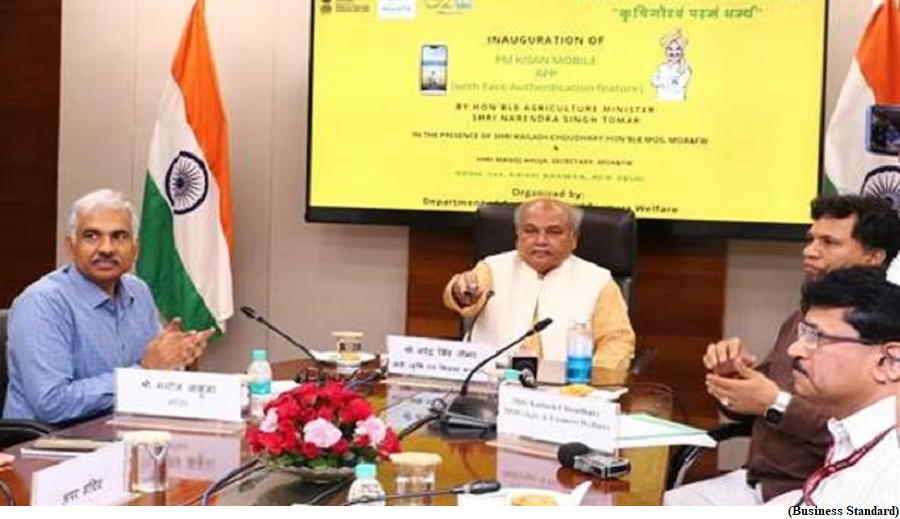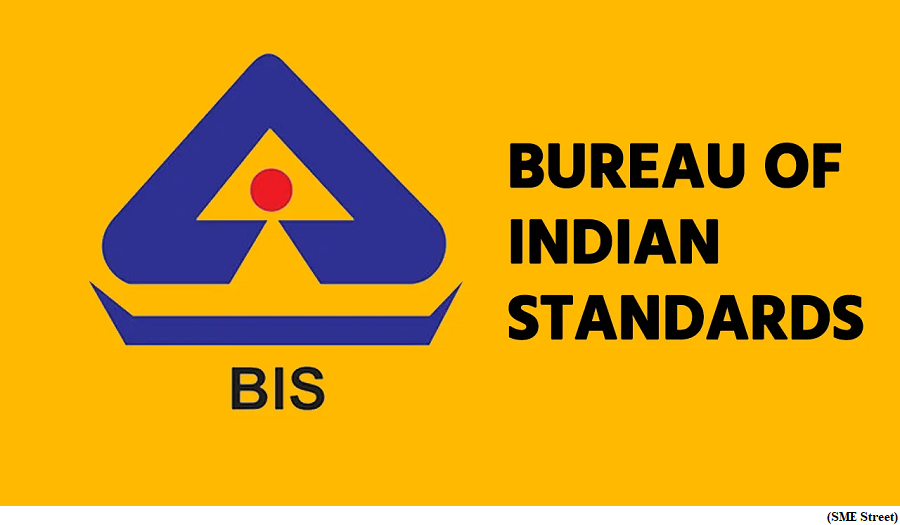PM Kisan Mobile App with Face Authentication Feature (GS Paper 2, Governance)

Why in news?
- The PM-Kisan Mobile App with Face Authentication Feature was launched recently by Union Agriculture and Farmers’ Welfare Minister under the ‘Pradhan Mantri Kisan Samman Nidhi’.
Key features of new app:
- The new app is very easy to use and easily available for download on the Google Play Store.
- The app will also provide very important information related to the scheme and PM Kisan accounts to the farmers.
- In this, farmers can know the status of landseeding, linking of Aadhaar with bank accounts and e-KYC using the No User Status Module.
- The department has also roped in India Post Payment Bank (IPPB) to open Aadhaar linked bank accounts for beneficiaries at their doorstep and asked CSCs to organize village-level e-KYC camps with the help of States/UTs.
Remote e-KYC:
- Best example of modern technology using Face Authentication Feature from this app farmer can complete e-KYC remotely, sitting at home easily by scanning face without OTP or fingerprint and helped 100 other farmers to do e-KYC at their home.
- Recognizing the need to make e-KYC mandatory, the Government of India has extended the ability of farmers to perform e-KYC to officers of state governments, so that each officer can complete the e-KYC process for 500 farmers.
PM Kisan:
- PM Kisan is one of the world's largest DBT schemes in which farmers get Rs 6,000 directly transferred through Aadhaar linked bank accounts in three installments in a year. 2.42 lakh crore has been transferred to the accounts of more than 11 crore farmers, of whom more than 3 crore were women.
- Now the difficulties related to Aadhaar verification and bank account details updation on PM Kisan Portal have been resolved by effective use of digital public goods.
BIS Introduces Standard IS 18267, 2023 for Agri By Product Utensils
(GS Paper 3, Economy)
Why in news?
- The Bureau of Indian Standards (BIS) has published IS 18267: 2023 ‘Food Serving Utensils Made from Agri By-Products – Specification’ aimed at reducing plastic pollution and promoting sustainability.
- The standard provides comprehensive guidelines to manufacturers and consumers, ensuring uniformity in quality requirements across the country.

Advantages:
- The implementation of this standard has extensive advantages as using biodegradable agri by-product utensils can contribute towards environmental safety, conserve natural resources, and promote a circular economy.
- These utensils are free from harmful additives and ensure consumer well-being.
- The standard also creates economic opportunities for farmers and supports sustainable agricultural practices, contributing to rural development.
Disposable tableware:
- The rising use of disposable tableware worldwide is driving the global market for disposable tableware.
- Disposable plate’s market size was valued at USD 4.26 Billion in 2020 and is projected to reach USD 6.73 Billion by 2028, growing at a Compound Annual Growth Rate (CAGR) of 5.94% from 2021 to 2028.
Biodegradable cutlery:
- In India, numerous large-scale and Micro, Small & Medium Enterprises (MSME) level manufacturers are actively contributing to the production of biodegradable cutlery, and they stand to benefit immensely with this Standard.
- The demand for these products is consistently rising, leading to a steady growth in the number of manufacturers involved in their production.
Set Standard:
- The standard covers various aspects, including raw materials, manufacturing techniques, performance, and hygiene requirements for the production of biodegradable utensils.
- It specifies the use of agricultural by-products, such as leaves and sheaths, as preferred materials for making plates, cups, bowls, and more.
- The standard recommends appropriate parts of plants and trees and provides manufacturing techniques like hot pressing, cold pressing, moulding, and stitching.
- It also emphasizes smooth surfaces, non-sharp edges, and prohibits the use of chemicals, resins and adhesives.



